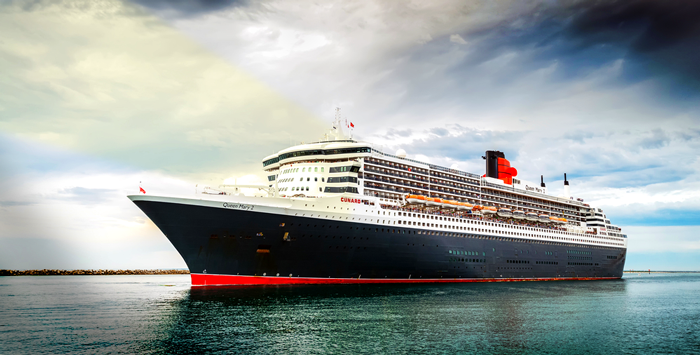
Good leadership determines whether your organization operates like the Queen Mary, the Concordia, or the Titanic.
The Queen Mary faithfully and successfully served many customers for many years. The Concordia was intentionally charted too close to known dangers off the coast of Italy; this course of action eventually caused it to sink, taking with it a limited number of lives. The Titanic believed in its own infallibility and paid poor attention to signs of impending disaster. It was sunk by an avoidable catastrophe, taking a huge number of lives down the bottom.
The Queen Mary was retired. After its crash, the Concordia’s hulk was eventually rescued from the rocks for possible resurrection. The Titanic was lost at sea forever.
Good organizations are like cruise liners. They are temporary daily homes for disparate individuals working together as a team, heading on a course toward a known destination, under the auspices of a clearly defined mission. What happens to these organizations over time is the direct result of the quality of its leadership – of the decision-making abilities of their captains and crew.
Recently, a leader in a nationally respected organization – known for its service, culture, contribution, and growth – described to me many symptoms of stress her organization was experiencing under its new leadership.
High turnover
• Declining scores on employee and customer satisfaction metrics
• Loss of strategic business partnerships, deserting to competing business units
• Decision making shifting from consensus to top-down
• Open meetings becoming private meetings
• Experienced leaders and managers being removed from projects
• Slowing of communication from the C Level to the board and staff
My observation about organizations is that they move in one of three directions:
• They Pull Apart
• They Pull Together
• They Pull in a Tug of War
My colleague was describing an organization that was pulling apart. Instead of continuing on a path like the Queen Mary, growing and nurturing those aboard, it was suddenly declining, threatening to take its constituents with it to the bottom.
My question to my colleague was this.
“Looking at your organization metaphorically, would you describe it as the Concordia whose leader knew well the environment and challenges but whose decisions landed it on the rocks losing a few lives, but with its organization and most of its constituents being saved? Or as the Titanic, sinking fast, in chaos, with great human and financial loss, and little hope of recovery?”
My colleague understood the metaphor immediately and described the organization as being like the Concordia – stuck on the rocks and taking water. The organization’s constituents were feeling distress but doing their best to try and right the ship.
Poor leadership can drive an organization in a direction that is incongruent with the organizational values. In such cases, the result is often distress, harm, and potential catastrophe. My colleague felt her organization was capable of being saved, but only with a quick change of leadership and/or leadership methods.
She realized it was time to act.
My Questions for You
• Which Cruise Liner is your organization like? The Queen Mary, the Concordia, or the Titanic?
• Does your organization need a course correction?
• Is it paying attention to the right signs?
• Is it anticipating and avoiding potential catastrophes?
• Is there an emergency plan to avoid the rocks?
• Is there a plan to right a sinking ship?

Recent Comments